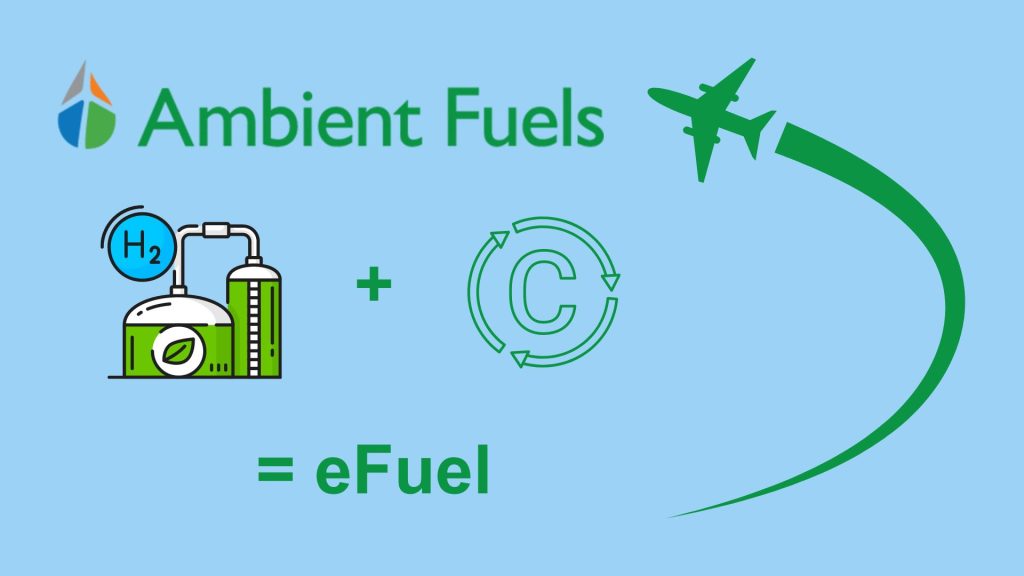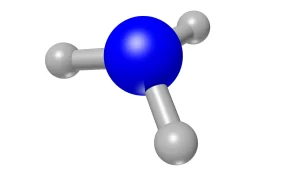The U.S. glass industry has a significant carbon footprint due to its energy-intensive production processes. According to the EPA’s greenhouse gas database, this industry emitted 7,844,275 metric tons of CO2 in 2022. That’s equivalent to the energy-related emissions of over a million typical households.
The majority of these emissions come from two main sources:
- Fossil Fuel Combustion: Glass manufacturing requires high-temperature furnaces, traditionally powered by natural gas or other fossil fuels, leading to significant CO2 emissions.
- Raw Material Processing: The chemical reactions involved in converting raw materials like silica, soda ash, and limestone into glass also release CO2.
These emissions make decarbonizing the glass industry a critical focus for reducing overall industrial greenhouse gas emissions, and green hydrogen will play a key role.
Several pilot projects are moving forward in Europe as part of the H2Glass initiative:
- Steklarna Hrastnik (Slovenia): Focuses on hydrogen use in high-quality glass production, targeting decarbonization while maintaining product excellence.
- Vetrobalsamo (Italy): Aims to integrate hydrogen in container glass production, assessing its impact on energy consumption and emissions.
- Zignago Vetro (Italy): Tests hydrogen in glass packaging production, focusing on sustainability and process efficiency.
- Owens Corning (France): Developing Hydrogen combustion technology applied to reinforcement glass fiber melting.
- PTML Pilkington (UK): Evaluates hydrogen’s role in flat glass production, crucial for construction and automotive industries.
- Hydro Havrand (Norway): Targets the aluminum industry, investigating hydrogen’s potential to replace natural gas in metal production.
The U.S. Department of Energy’s Office of Clean Energy Demonstrations is also funding pilots:
- Libbey Glass (Toledo, Ohio): The project expects a 60% reduction in CO2 emissions by replacing natural gas furnaces with hybrid electric ones.
- O-I Glass (California, Ohio, Virginia): This initiative targets a 40% reduction in CO2 emissions by integrating advanced furnace technologies across multiple sites.
- Gallo Glass (Modesto, California): Aims to reduce natural gas use by 70%, contributing to lower CO2 emissions in glass bottle production.
These pilots are focused on the development of new furnace technologies that replace natural gas with clean hydrogen fuel, allowing zero-carbon glass production. You don’t need to switch all at once: hydrogen can be blended with natural gas to reduce greenhouse gas emissions incrementally.




